14+ Sample Clinical Evaluation Report
-
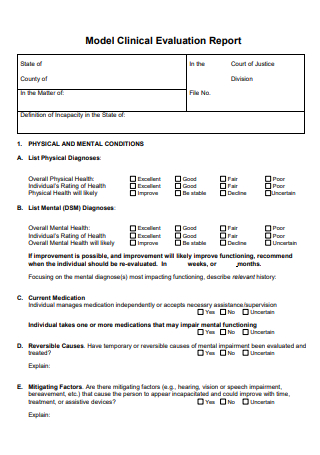
Model Clinical Evaluation Report
download now -
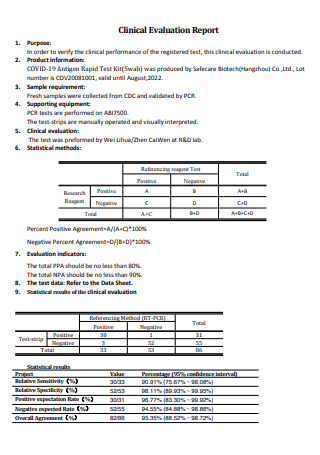
Clinical Evaluation Report Template
download now -
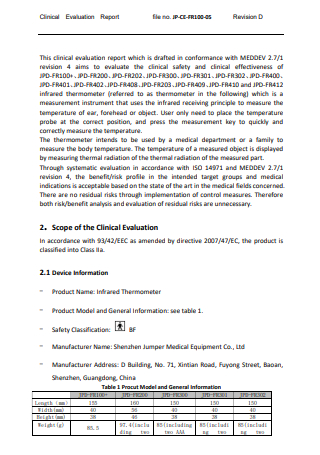
Basic Clinical Evaluation Report
download now -
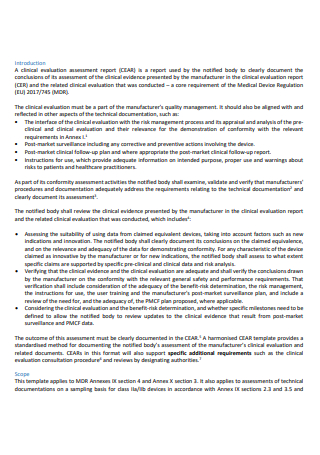
Clinical Evaluation Assessment Report
download now -
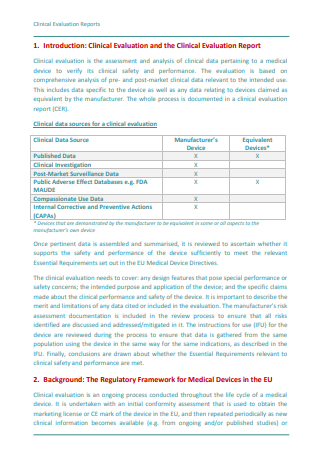
Clinical Evaluation Report Example
download now -
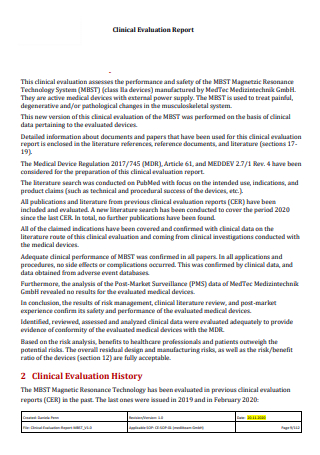
Standard Clinical Evaluation Report
download now -
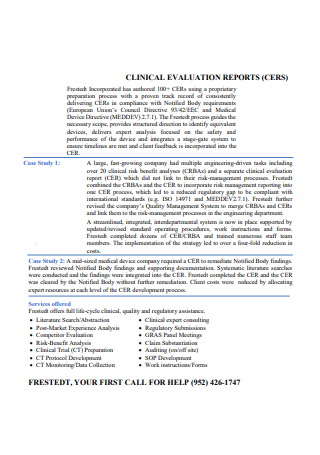
Clinical Evaluation Report in PDF
download now -

Printable Clinical Evaluation Report
download now -
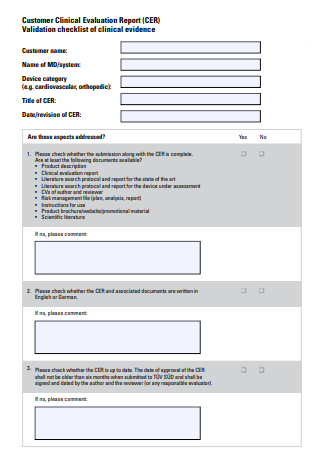
Customer Clinical Evaluation Report
download now -
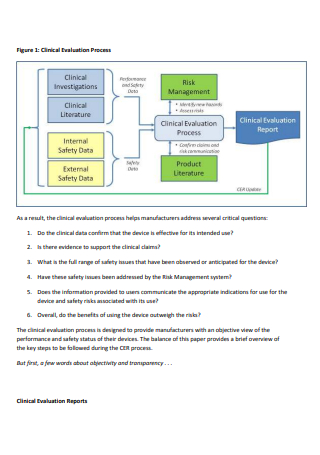
Clinical Evaluation Process Report
download now -
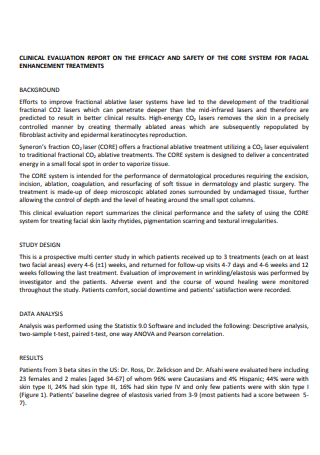
Formal Clinical Evaluation Report
download now -

Sample Clinical Evaluation Report
download now -
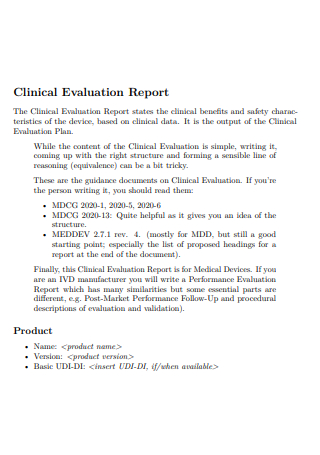
Draft Clinical Evaluation Report
download now -

Diagnostic Reagents Clinical Evaluation Report
download now -
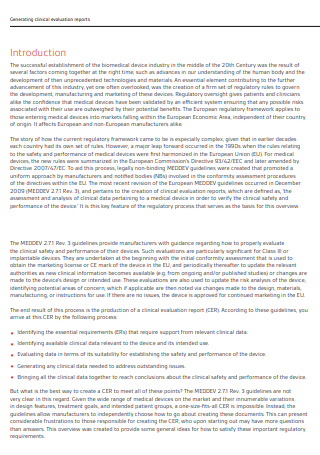
Generating Clinical Evaluation Report
download now
FREE Clinical Evaluation Report s to Download
14+ Sample Clinical Evaluation Report
What is a Clinical Evaluation Report?
Different Kinds of Clinical Evaluation Reports
Basic Elements of a Clinical Evaluation Report
How to Write a Clinical Evaluation Report
FAQs
What are some examples of clinical evaluation reports?
What are the different types of clinical data?
What are the essential steps in writing a clinical evaluation report?
How to write a patient
What is a Clinical Evaluation Report?
A clinical evaluation report is a clear and well-structured written document that demonstrates careful evaluation and in-depth quality assessment concerning the safety and performance of a medical device. This is a fundamental report which outlines the nature of the device technology and application, and it explains the diagnosis and management of conditions intended to manage or treat by the medical equipment, medical alternatives and other clinical treatment standards. Additionally, this report contains the assessment of the degree of relevance of clinical research investigation and clinical trial papers selected through a literature search. Clinical evaluators also indicate in this document on how they are able to differentiate if the relevant clinical data is beneficial for the application or usage of the medical device.
According to an assessment study, not all clinical researchers performing meta-analyses are able to collaborate with systematic review trained information specialists, and in their analysis, only 20% of the assessed meta-analyses reported librarian or information specialist participation. Their findings suggest that medical journals need to encourage the use of trained personnel to conduct systematic reviews and evaluations of the literature and require the submission of a complete literature search strategy for the review process to ensure reproducibility and transparency of the search. Thus, all types of clinical professionals such as biological researchers, clinical research investigators, medical device manufacturers, medical researchers, and many others should record and evaluate their clinical research work through an effective clinical evaluation report.
Different Kinds of Clinical Evaluation Reports
Several clinical research institutions and medical organizations depend on multidimensional aspects of data quality which are accuracy, completeness, and consistency. Accuracy is defined as the closeness of agreement between a data value and the true value. Some operational examples are the percent of data values found to be in error based on a gold standard, percent of physically implausible values and others. Completeness means the presence of the fundamental data. While consistency is the relevant uniformity in data cross clinical investigation sites, facilities, departments, units within a facility, providers or other assessors. In this section, you will learn and understand about the different kinds of clinical evaluations according to the published health report by the National Library of Medicine: National Center for Biotechnology Information.
1. Clinical Reviews
Being the most common type of clinical evaluation, the clinical review is a review of the care received by a specific patient or family. It is performed because of interest in the welfare of this patient or family to provide a basis for decisions on whether to continue, change, or stop treatment. The clinical review term is used here to refer only to this form of appraisal, which appears to be a common element of the clinical process. The care provided to individual patients may also be appraised for other formal purposes like a technique for evaluating a particular health service. When writing evidence-based clinical review articles, medical professionals and clinical evaluators write the abstract, select the topic, search the literature, create the introduction, describe the methods, and discussion, and include references.
2. Clinical Trials
Involving the evaluation of biologicals, medical devices, new drugs, vaccines, surgical and other medical treatments and procedures, a clinical trial is an appraisal or evaluation of the worth of a specific type of care given to the person. It is used extensively in clinical evaluations to include experimental and non-experimental evaluations of therapeutic, preventive, and other procedures, such as diagnostic and educational clinical evaluations. Also, it sets out to acquire generalizable knowledge which can be applied in other settings, and it should yield conclusions that are adequately substantiated to be generally convincing. Clinical trials are essential for the discovery of new treatments for diseases, and new clinical methods to detect, diagnose, and minimize the chance of disease development.
3. Program Reviews
In program reviews, clinical evaluators assess a specific clinical program, rather than a type of clinical program. An important feature of a program review is that the findings should be beneficial to those who formulate decisions about the program. The clinical evaluation can be performed within the framework of the assumptions accepted by these decision makers. For instance, the assumption that the performance of specific procedures will have notable effects. Take note that the clinical evaluation results are presumptive rather than definitive, and they can be useful to those responsible for the service without necessarily being found convincing by those who doubt the authenticity of the assumptions on which the program is based.
4. Program Trials
In program trials, clinical evaluators examine a specific type of health program. It focuses on yielding well-grounded, convincing and generalizable conclusions when it comes to the value of a specific type of health program. The health program may be an established one or one set up as a test or demonstration.
Basic Elements of a Clinical Evaluation Report
In this section, you will learn how to construct a remarkably written and well-detailed clinical evaluation report. However, a clinical evaluation report has different features. Include the following elements for you to create an excellent document:
How to Write a Clinical Evaluation Report
To what extent is the care needed? How satisfactory is the result or achievement of desirable effects or effectiveness and absence of undesirable effects or harmlessness? How satisfactory is the performance of activities conducted by the health care providers and by the recipients of health care including the compliance, use of services and community participation? How satisfactory are the medical facilities and other clinical settings? These are some examples of basic questions commonly used in clinical evaluation studies and other clinical appraisals. Below are some easy-to-follow tips that indicate how to design and write a professional clinical evaluation report:
Step 1: Perform a Clinical Evaluation
Clinical evaluations are carried out to define the needs concerning clinical safety and clinical performance of the medical device, to check of possible equivalence to an existing medical device, to analyze if there are clinical data available and to implement a gap analysis in order to identify which clinical data still need to be produced with the medical device under evaluation. You also need to perform a clinical evaluation to document that there is sufficient clinical evidence to demonstrate conformity with the device.
Step 2: Define the Purpose
Why do you need to evaluate and collect sufficient clinical data concerning the medical device, medical procedure, and/or medical treatment? You need to explain your purpose in performing a clinical evaluation. For example, you are working on a clinical evaluation because you need to verify the clinical performance of the registered test, for example, the COVID-19 Antigen Rapid Swab Test Kit.
Step 3: Indicate the Product Information, Sample Requirement, Supporting Equipment, and Other Major Details
Specify the information of the medical device, medical treatment, or medical test that will be evaluated and monitored. Describe the sample requirements of the product, as well as the supporting equipment. Include the names of the clinical evaluators and their roles and responsibilities in the clinical evaluation. Explain the statistical methods that will be used in the evaluation by creating a graph.
Step 4: Develop a Comprehensive Evaluation and Present Results
Analyze the results of the clinical evaluation while developing a comprehensive evaluation and assessment of the medical device, medical test, medical treatment and/or others. Then, present the results based on your thorough clinical analysis. Include statistics that answer the clinical evaluation questions as directly as possible. It is crucial to report statistics describing the size of the effectiveness of the medical product or service. Use some numbers, percentages, tables, graphs, and other simple visual diagrams that showcase clear results in accord with your clinical evaluation.
Step 5: Proofread and Check the Overall Report
Check the overall clinical evaluation report and be sure to fully include all the fundamental points in your report. If you notice that you overlook some sections that require sufficient points, we suggest that you make some edits and revisions in the document.
Step 6: Prepare the Final Clinical Evaluation Report
After the proofreading and revision process, you can now prepare the final clinical evaluation report. Include some notes and other key messages you want to convey to your readers on the last part of your document. Skim your report for final spelling, grammar and typographical review and quality check.
FAQs
What are some examples of clinical evaluation reports?
Some examples of clinical evaluation reports are model clinical evaluation report, basic clinical evaluation report, clinical evaluation assessment report, standard clinical evaluation report, printable clinical evaluation report, customer clinical evaluation report, clinical evaluation process report, formal clinical evaluation report, draft clinical evaluation report, diagnostic reagents clinical evaluation report, generating clinical evaluation report, and more.
What are the different types of clinical data?
The different types of clinical data are electronic health records, administrative data, claims data, patient / disease registries, health surveys and clinical trials data. Electronic health records are the purest type of clinical data which can be obtained at the point of care at a medical facility, hospital, clinic or practice. The data collected includes administrative and demographic information, diagnosis, treatment, prescription drugs, laboratory tests, physiologic monitoring data, and many others. The claims data describe the billable interactions (insurance claims) between insured patients and the healthcare delivery system.
What are the essential steps in writing a clinical evaluation report?
When you are working on your clinical evaluation report writing, you need to plan and conduct a clinical evaluation. After that, design the structure of the clinical evaluation report. Develop a comprehensive evaluation and illustrate clear results by using numbers, percentages, tables, graphs, and other simple visual diagrams. You should write with accuracy, conciseness, and discretion. Proofread and check the overall clinical evaluation report. Lastly, prepare the final report.
How to write a patient evaluation report?
You need to define a Clinical Evaluation Report (CER) protocol and strategy by identifying the essential requirements concerning the safety and performance requirements that should be supported by clinical evidence. Then, demonstrate the equivalence based on the comparison between a medical device and other pre-existing, similar CE-marked equipment. Develop an evaluation of the literature review data. Determine the requirement for clinical investigation which depends on the risk profile of the medical device. After that, carefully monitor post-market activities.
Therefore, writing a clinical evaluation report is integral as it supplies knowledge, evaluates the validity of a medical device, medical treatment or medical test, presents clear findings and results, and inspires further clinical evaluation work to be conducted in the future. Keep your hard work when evaluating the methodological quality of work performed by the authors, determining the relevance of the information to the clinical evaluation, systematically weighing the contribution of each clinical data set to the clinical evaluation and setting the plan for appraisal of the clinical data. So, here are some of our downloadable and printable clinical evaluation report samples available in different kinds of formats. Simply click the clinical evaluation report templates in this article such as customer clinical evaluation report examples, clinical evaluation process report templates, formal clinical evaluation report examples, draft clinical evaluation report samples, and start downloading now!
